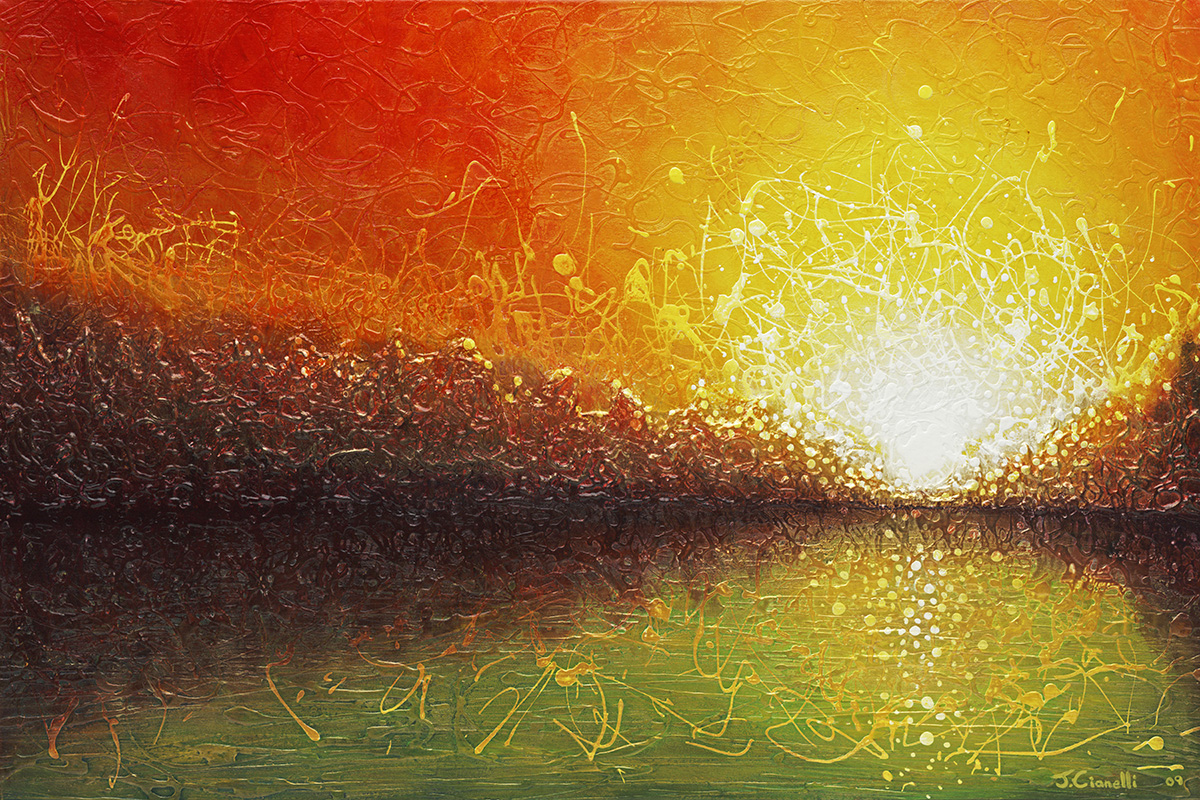
Renaissance landscape painting: a setting for storytelling Finally, the heart, which is the focal point of the painting that the other elements must lead to. Furthermore, this path must lead to a threshold, which welcomes you, for example a mountain. Firstly, The shan shui paths can never be straight, are paths seen in nature such as rivers or that of the sun across the sky. However, they are primarily based around 3 essential elements : the path, the threshold and the heart. Additionally, aspects of the landscape painting such as color or subject likeness are insignificant, however the spiritual requirements of a work to be considered shan shui are extensive. This is frequently depicted through the contrast of huge, solid mountains, which have been long considered sacred in Chinese culture, with soft, flowing water such as rivers or waterfalls.Īccording to Ch’eng Hsi, “Shan shui painting is not an open window for the viewer’s eye, it is an object for the viewer’s mind”. In short, this the idea that humans and animals must live in balance with the natural world in other words, yin and yang. Shan shui is considered to be inspired by the philosophical tradition of Taoism. This form of landscape painting, rather than with traditional paint, is done using ink and a brush. Originating from the 6th century, the most common art form for a landscape portrayal was shan shui, which still remains popular to this day. Long before landscape art became a genre of its own right in the West, landscape art in China was, however, highly well established. Our selection of landscape paintings by established and emerging artists allows you to experience the best of contemporary landscapes.Huang Gongwang, Dwelling in the Fuchun Mountains: The Master Wuyong Scroll (section), 1350 The French painter Paul Anastasiu explores the innovative style of the urban landscape in a style that is close to Impressionist painting. French artist Olivier Messas creates marine landscape paintings in a sleek and elegant style, while Prashant Prabhu offers delicate and colourful watercolor landscape paintings. SINGULART's contemporary artists continue to develop the landscape tradition, breathing new life into it.

SINGULART artists continue to develop the tradition of landscape painting, some favoring figurative painting and others depicting more abstract scenes. During the 20th century, with the emergence of abstraction, the definition of landscape painting widened. The landscape was then be reinterpreted in France by the Impressionists, who played on the effects of light on an environment. The landscape genre acquired real recognition in the nineteenth century, thanks to the work of the English masters Turner and Constable.

The genre first emerged in China in the 4th century thanks to the art of calligraphy, however, landscape painting only became famous in the 17th century. Contemporary artists will usually paint a landscape because they are moved by its beauty, or to emphasize the relationship between man and nature.

Landscape painting consists of representing an element of the natural world ( nature or city), whether that be in an abstract style or in a figurative style. Landscape painting is a very popular genre that has undergone a long evolution and critical appreciation.


 0 kommentar(er)
0 kommentar(er)
